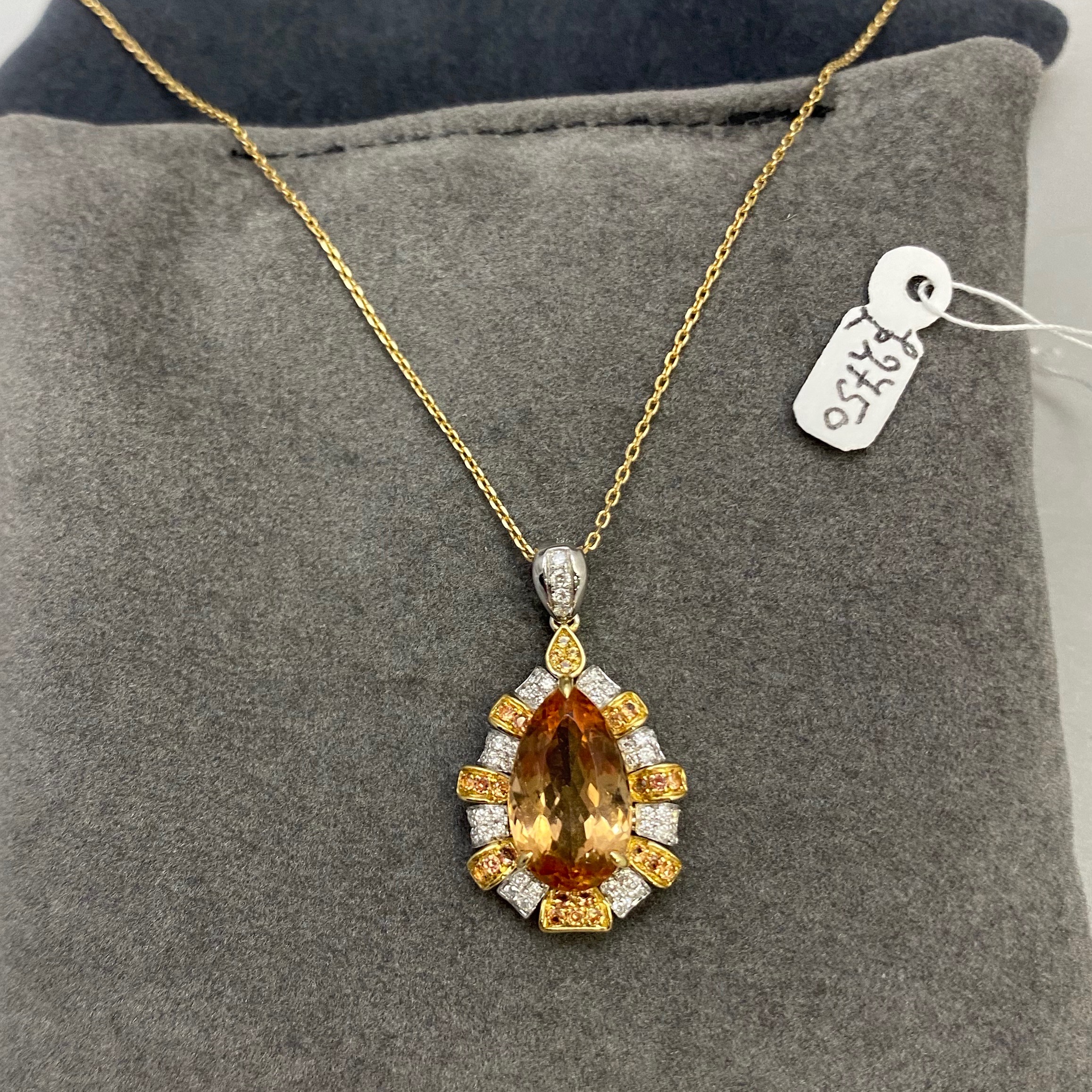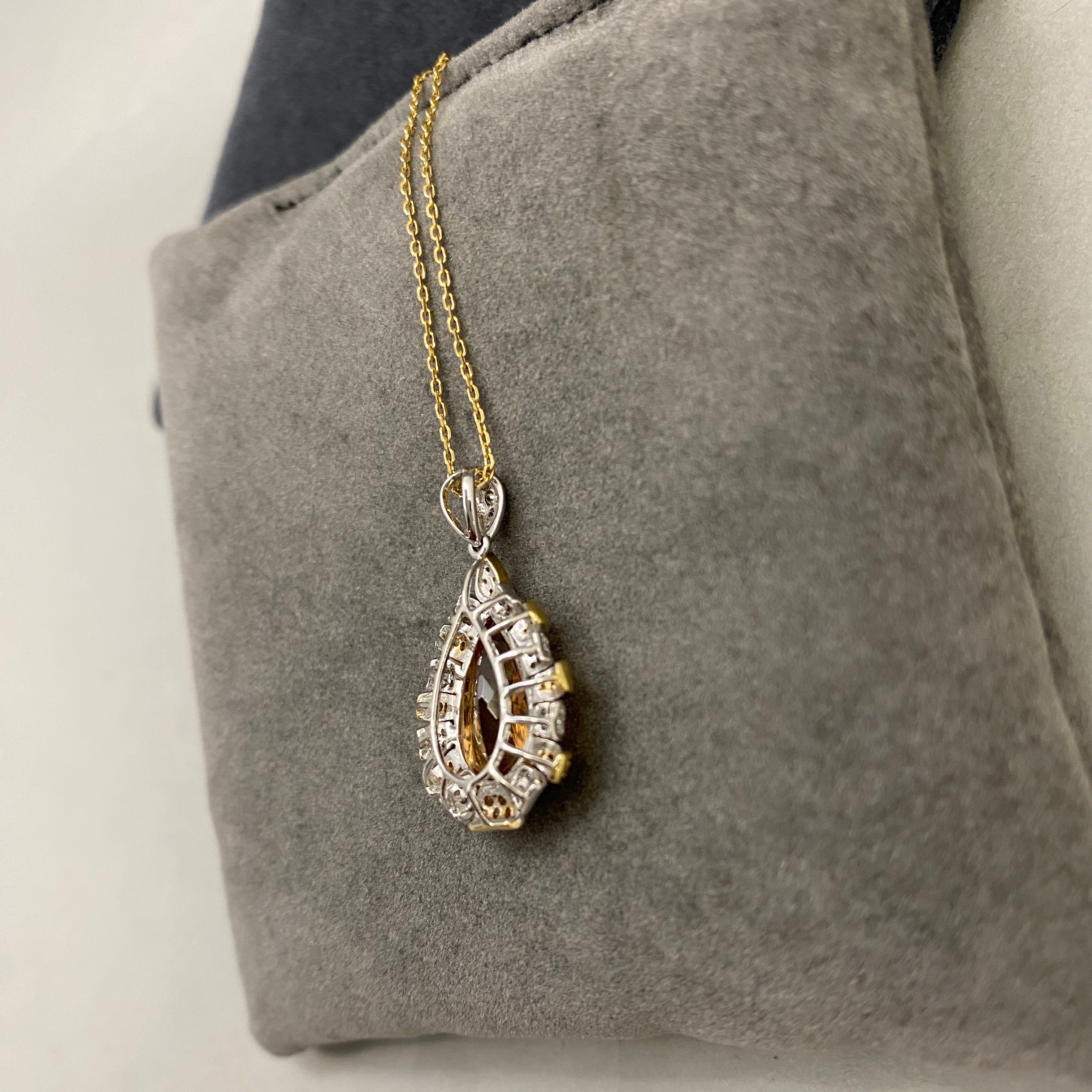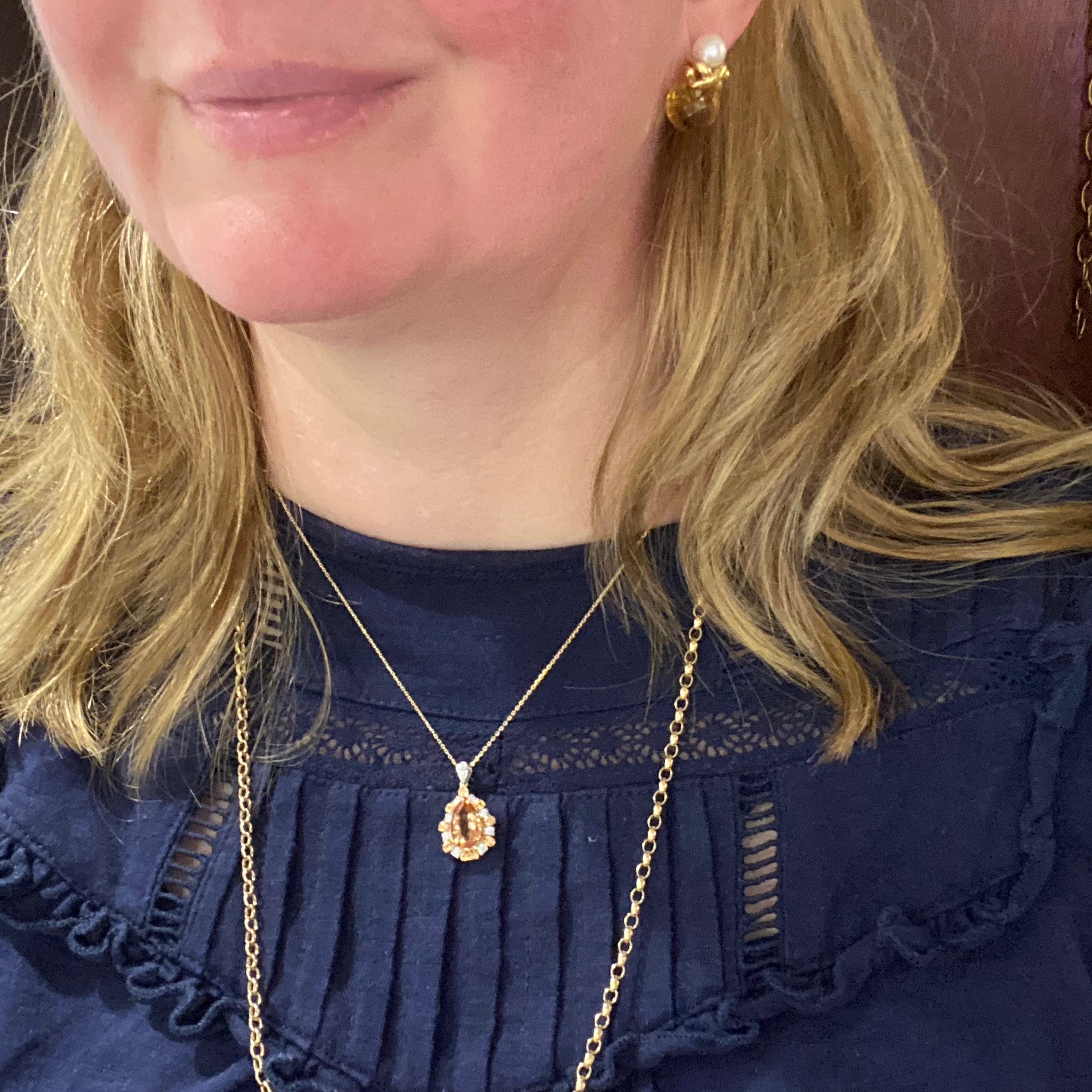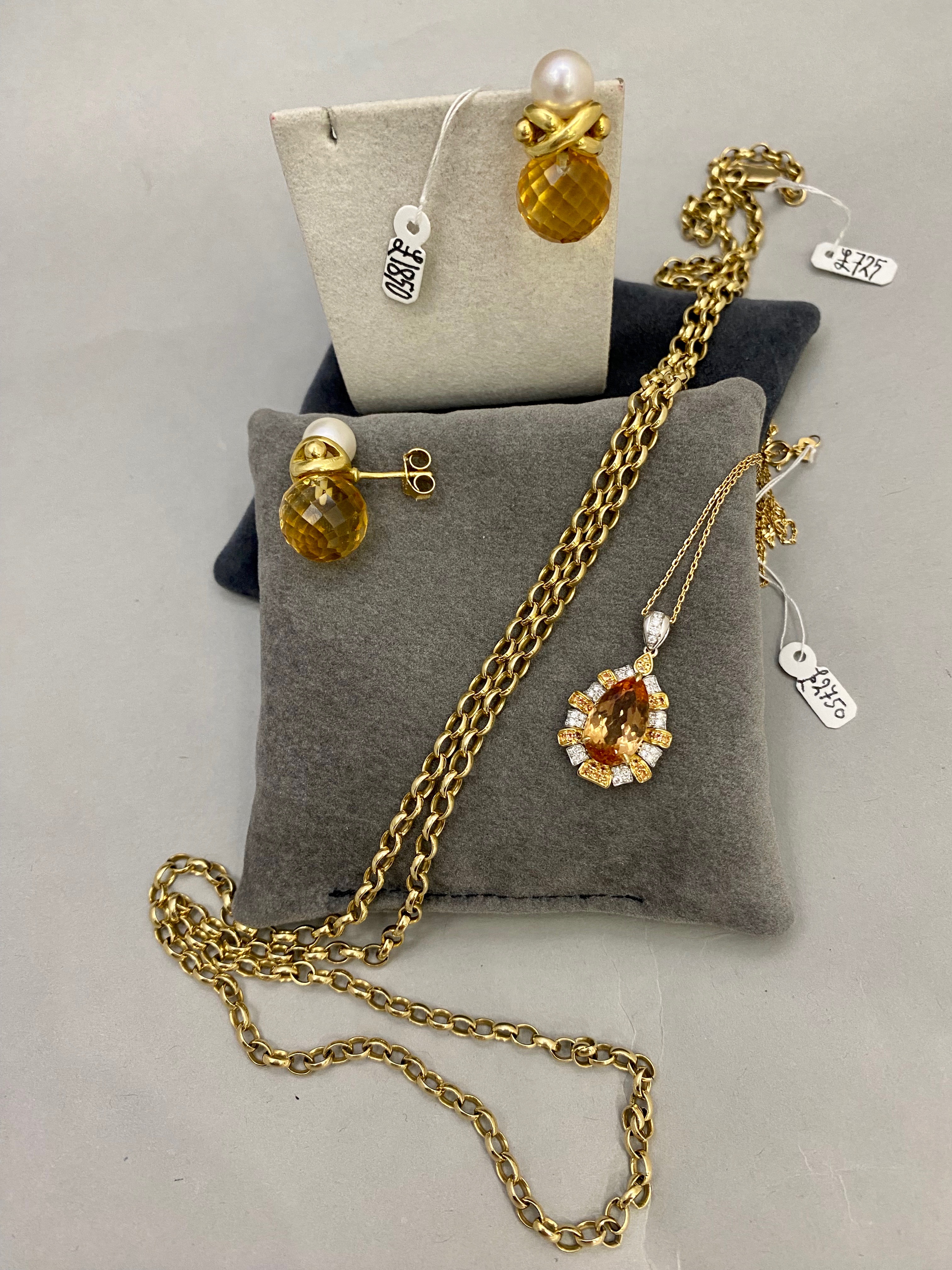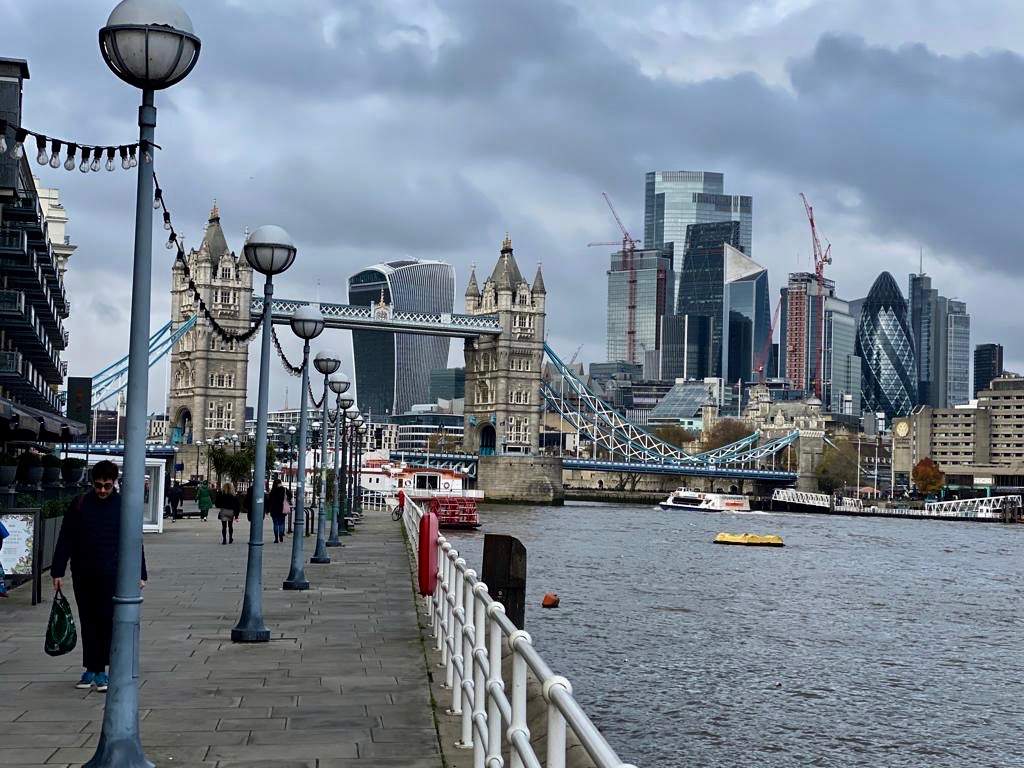The South Seas lie between the northern coast of Australia and the southern coast of China. These waters are the native habitat of a large oyster known as Pinctada maxima. This oyster grows up to 12 inches in diameter, and can be nucleated with a much larger bead than other saltwater pearl oysters such as the akoya.
South Sea Pearl (11.7mm) Diamond Pendant in 18ct White Gold, Date:London 2014 PRICE: £1,850
Tower Bridge is a combined bascule and suspension bridge in London built in 1886–1894. The bridge crosses the River Thames close to the Tower of London and has become an iconic symbol of London. Tower Bridge is one of five London bridges now owned and maintained by the Bridge House Estates, a charitable trust overseen by the City of London Corporation.









